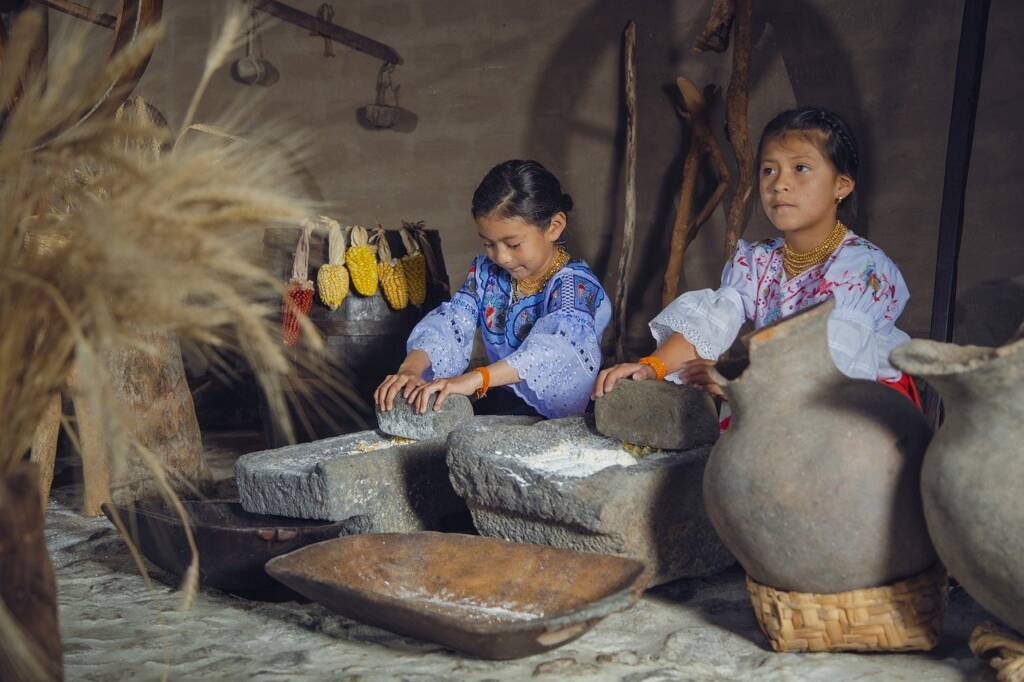Traditional and modern often seem like an oxymoron. They sometimes clash, no doubt. But it’s not impossible for them to coexist. For countries like India, where tradition is very important, its coexistence with modern is a necessity. In India, they sit side by side, perhaps not always in harmony but certainly in conversation, or rather, an ongoing debate. And it’s not a quiet debate either. You see, India, with its ancient temples, chai stalls, and WhatsApp forwards, doesn’t just try to marry the past and the future, but rather make them live together. As odd as this arrangement sounds, it works, for the most part.
The Paradox of Mumbai
Mumbai is perhaps the best example of how traditional and modern coexist. The city is a melting pot of cultures, traditions and architectural styles. It’s a city where you can hear almost every language spoken in India. This is perhaps the best city to describe India in today’s world. It’s a modern country, built upon ancient foundations. Just like Mumbai. Here lies the question though: does tradition remain intact because it refuses to change, or is it resilient precisely because it adapts?
But the thing is, India doesn’t try to solve this riddle. Instead, it embraces it with pride. There’s an acceptance in the air that history and progress, however contradictory, are not mutually exclusive. An old man in Varanasi may well perform his daily rituals by the Ganges and later that evening, scroll through his smartphone, casually liking pictures of his grandson’s university graduation in the U.S. Tradition and modernity dance in a strange but elegant rhythm here, a Bollywood-esque choreography that confuses as much as it fascinates.
The Digital Transformation of India
You’ll see young tech entrepreneurs sipping a turmeric latte, or any other trendy drink, when, in fact, their grandmothers have been making haldi doodh for decades. What’s modern and what’s traditional here? Hard to tell exactly. But there’s no denying India is becoming a digital superpower. Young Indians are embracing everything digital, which is especially evident in the perhaps somewhat stereotypical fashion of portraying every young Indian as a developer. That’s obviously not true, but at the same time, so many of them choose this path because it is rewarding and there’s demand all over the globe.
This helps transform the Indian digital sector, especially the video games sector where India is leading in several important metrics. How does this translate to tradition? Well, here is one good example: Traditional Indian games are digitalized. This means Indians play jhandi munda at CasinoDays and other similar online platforms, not just on the board. The whole gaming sector is expected to reach INR 231 billion by next year, and India is already the world’s largest mobile gaming market.
The Lines Between Traditional and Modern Continue to Blur
The lines blur faster than you can say “yoga retreat.” Even yoga, once a deeply spiritual practice, has been co-opted into a global fitness phenomenon, packaged and exported to the world, only to be returned to India with an Instagram filter slapped on it. Tradition, commodified. Yet, when a group of people gather for yoga on International Yoga Day, bending and twisting under the shadow of India Gate, it’s still, in essence, an ancient practice reconnecting them to something larger. Perhaps commodification isn’t as sacrilegious as we think.
There is, however, a tendency to romanticize this traditional-modern coexistence. The idea that India is a magical place where history and the future somehow tie themselves together in perfect harmony is a bit too cinematic. The past lingers, sometimes quite stubbornly, and there are times when you can feel the tension between the two, especially in rural parts of the country. It’s not always so smooth. In the old cities like Jaipur, the rapid growth of technology and commerce rubs shoulders with ancient customs. The outcomes aren’t always pretty. That new flyover built to ease traffic? It may have bulldozed a centuries-old shrine in the process. Small things lost in the name of progress.
And yet, can you call it loss? Or just another chapter in this endless rewriting of India’s story? What we call tradition today is often a product of countless adaptations, reinventions, and reinterpretations. The bindi worn by millions of women in India, for example, it used to be a mark of married women but is now as much a fashion accessory as it is a symbol of devotion. Who’s to say that’s wrong?
*The opinions expressed in this article are purely those of the author and do not necessarily reflect the views of TFI Media. The content should be taken as the sole perspective of the writer.
